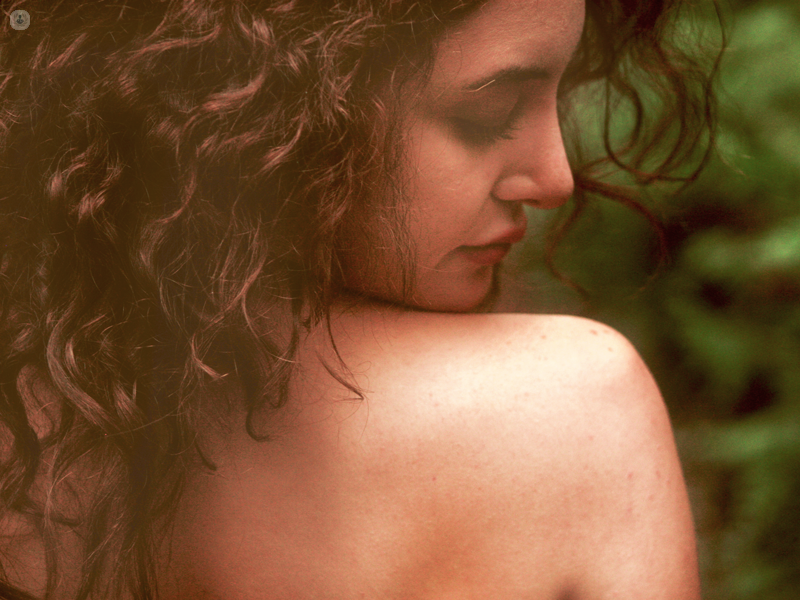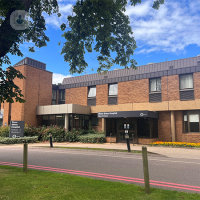Surgical dermatology
Dr Pick-Ngor Woo - Dermatology
Created on: 11-13-2012
Updated on: 08-15-2023
Edited by: Karolyn Judge
What is it?
Surgical dermatology is a sub-specialisation of surgery that treats all the conditions of the skin. It bridges dermatology and plastic surgery, as a dermatological surgical procedure often consists in removing the skin lesions and reconstructing the skin with medications or with reconstructive surgery techniques.

What is it for?
Surgical dermatology can be done either for medical reasons (if you have malignant skin lesions) or for aesthetic purposes (cosmetic procedures). This type of surgery deals with:
- moles
- cysts
- lipomas
- fibromas
- papillomas
- warts
- actinic keratosis or seborrhoeic keratosis
- melanomas
What does it involve?
A surgical dermatology procedure can last from 15 to 20 minutes and it is usually done under local anaesthetics. The anaesthesia is delivered with a fine needle in the affected area or areas. The incisions will be closed with patches of skin from the areas nearby the operation site or from 'donor' areas, such as from the proximal limbs, collarbone or periauricular area.
The seam applied can be intradermal and absorbable or external and non-absorbable. For the best results in terms of aesthetics, the best type of sutures are wound closure strips (commonly known as Steri-strips).
How can I prepare for it?
Before a surgical dermatology procedure, you need to:
- Talk with the anaesthetist to check you are not allergic to anaesthetic.
- Tell your doctor if you are on any medications, especially antiplatelets and anticoagulants. You may need to stop taking these a few days before the surgery.
- Have some cardiac screening tests (on your doctor’s recommendation).
- Tell your doctor if you have an artificial pacemaker or if you have potential co-morbidities, such as diabetes or clotting deficiency.
- Refrain form eating in the two hours before the procedure.
Post-operative progress
After the surgery, the site of the operation may feel a bit tender. However, the discomfort is usually minimal and can be controlled by applying an ice pack.
If you were under local anaesthetics, you may go home right after the procedure. On the other hand, if you were sedated, you’ll have to remain under clinical observation for 30 to 45 minutes. You’ll may need to keep a dressing on the operation site for five to ten days.
If the surgery you underwent was mild, you can go back to work and to your normal activities right after the procedure. If the surgery was more complex you may need to stay in hospital for 24 to 48 hours.
Unfortunately, scars are inevitable: they can be more or less visible, but every surgical procedure leaves a scar on your body. How big the scar is depends on the size of the original lesion, whereas how visible the scar is depends on your age, on the surgeon’s skills, on the operation site location, on how long the stitches stay on your skin and on your body’s scarring ability.
You should keep in mind that scars are more sensitive to sunlight for four to five months; you should therefore protect them with sunscreen or lotions.
Learn more about treatment for prominent scars here!
What are other treatment options?
There are other helpful procedures to remove skin lesions, such as:
- diathermocoagulation
- shave excision
- cryotherapy







